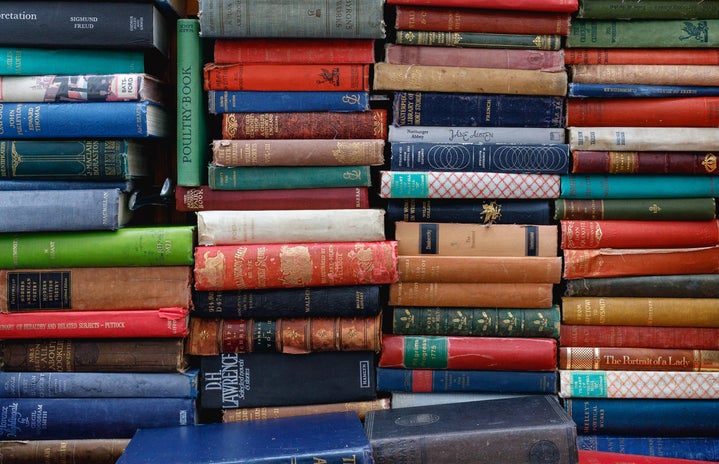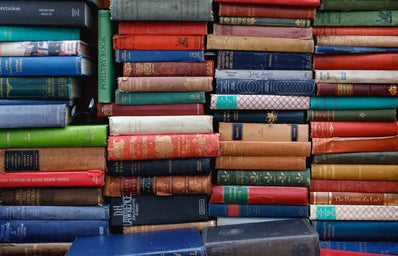Laut jaati hai udhar ko bhi nazar, kya keeje?
Ab bhi dilkash hai tera husn, magar kya keeje?
Aur bhi dukh hai zamaane mein muhabbat ke siwaa
Raahatein aur bhi hain vasl ki raahat ke siwaa
Mujh se pehli si muhabbat mere mehboob na maang.
{ Your beauty still allures, but what can I do?
There are sorrows in this world
beyond the pleasures of love.
There is more to happiness
than the relief of reunion;
so my love, do not ask from me
the love we shared once before.}
– An excerpt from one of the Nazm, written by the much celebrated Pakistani poet, Faiz Ahmed Faiz. The poem contrasts and maintains a tension between the disembodied love of beauty and the ugly reality of social disparity and oppression.
Urdu literature is mainly composed of poetry, nazm and ghazals. It is fundamentally performative poetry and its recital, sometimes impromptu, is seen in Mushairas (poetic expositions). Although its tarannum saaz (singing aspect) has undergone major changes in recent decades, its popularity among the masses remains unaltered. Mushairas are today held in metropolitan areas worldwide because of the cultural influence of the South Asian diaspora. Ghazal singing and Qawwali are also important expository forms of Urdu poetry.
Urdu was also the language of the progressive writers’ movement or Taraqqi Pasand Musnafeen-e-Hind as it was called in Urdu. It was a literary movement that started in pre-partition India. The movement produced some of the finest lyricists, writers and poets our nation has seen, including Munshi Premchand and Faiz Ahmed Faiz. The movement grew on the ideas of communism and Marxism, inspiring Urdu literature that veered far from religious fundamentalism.
As Plato rightly said, “At the touch of love, everyone becomes a poet.” If you are old school, affectation becomes possible through words, poems and lyrics. Another poem by Faiz, Raqib Se, is one that will crave for unconditional love. Rekhta, an NGO that promotes Urdu literature, defines Urdu as “not merely a language but an entire culture unto itself and touches the heart and soul of anyone who comes in contact with it”. It hasn’t been long since I started listening to Urdu poetry. When I heard “Mujh se pehli si muhabbat mere mehboob na maang”, for the first time, I couldn’t help but dig deeper to satisfy my quest for the language. That’s how I got addicted to listening to Coke Studio Pakistan. From Chan Kithan of Ali Sethi to Hum Dekhenge or “Bol ki lab azad hain tere, bol zubaan ab tak teri hai” by Faiz, poems and songs in Urdu have been the language of love and revolution.
There have been multiple efforts, since the politics of partition, to taint the language with a communal character; this goes against the very secular nature of the language. Urdu and Hindi, both share a common grammar. It is not possible to speak ‘pure’ Hindi or ‘pure’ Urdu, which has Sanskrit and Persian-Arabic connotations. It only exists as a literary language. Therefore, over the years the vernacular language is Hindustani, a concoction of both Hindi and Urdu. The unfortunate fallacy that Urdu is inherently an Islamic language or that it belongs to Pakistan has caused the other-ing of the language in India. Just like the religious divide emphasizes more differences than there exist, this linguistic distinction draws a firm boundary where there isn’t really one. Urdu played a significant role in India’s independence, the slogan ‘Inquilab Zindabad’ was given by Maulana Hasrat Mohani in 1921. Thus, more than anything, the culture shared by India and Pakistan, cannot be neglected. As LiveWire writes, ‘Urdu is a language unique to the Indian subcontinent and so ingrained in our Hindi that it’s hard to imagine speaking without it. That’s something to be celebrated, not derided’.
The recent trend of growing religious nationalism has put a communal taint on art and literature. Urdu is much more than a language of conversation, it is a language of celebrating differences and promoting tranquility. It will make you want to love, and love others even more. Urdu poetry is a poetry of protest: protest against the chaos and injustices inflicted by the system on the masses, while promoting cohesion and harmony.


